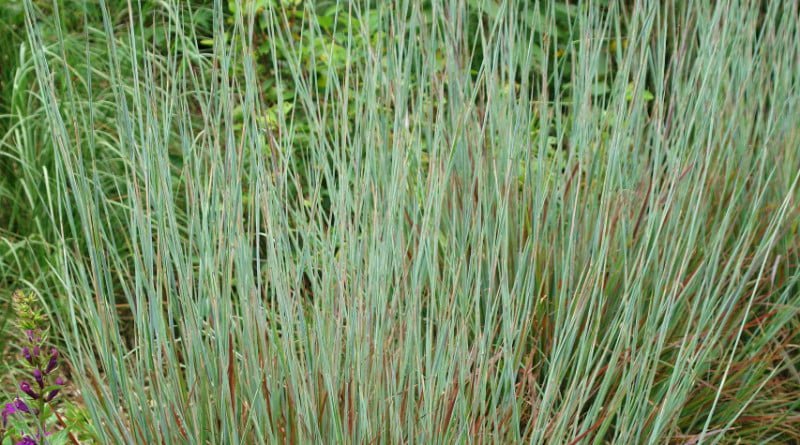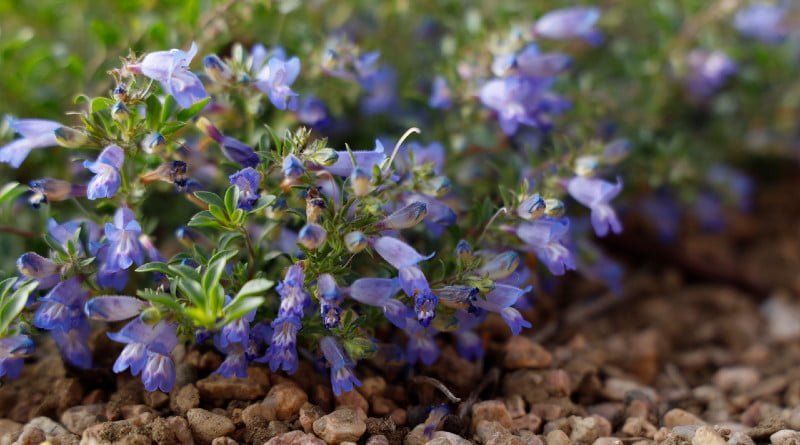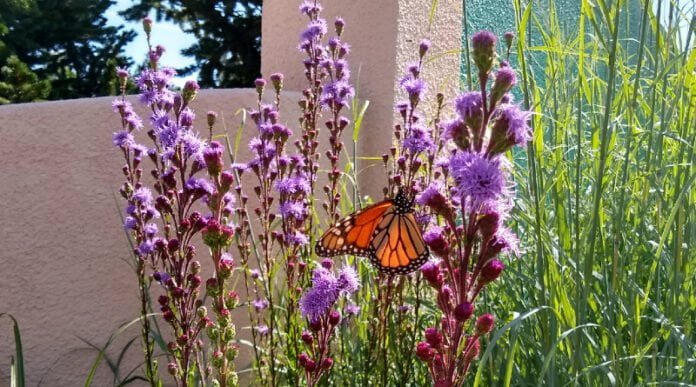Imagine stepping outside and feeling like you’re standing on a Colorado hiking trail, surrounded by wildflowers, songbirds and monarch butterflies
We have an opportunity in our landscapes to lean into what makes us uniquely Colorado—to see the beauty in our natural western landscapes and bring it into our constructed ones.
One way to do that is to use plants that are native to where we live. For inspiration, Plant Select has curated a foothills-meets-high plains palette of plants that are native to our state.
These plants offer a low-water alternative to unused turf spaces and long-term benefits for our development communities. As more communities strive to use landscaping to mitigate the effects of climate change, these plants can save water (keeping cash in wallets), attract pollinators, resist extreme weather, restore wildlife habitat and reduce maintenance costs.
Here’s a closer look:
Blazing star liatris (pictured above)
Blazing star liatris is a late-summer showstopper. Every August, it develops tall, purple spikes of flowers—ringing a dinner bell for monarchs and other butterflies. Like many native plants, liatris doesn’t love being grown in a nursery pot. It sulks like a teenager. Don’t let that deter you. It should take off in the ground, often producing flowers its first summer after planting.
Baby blue rabbitbrush

Appearing naturally in the Front Range foothills, baby blue rabbitbrush is another pollinator favorite. Butterflies and bees adore this compact shrub. It has dense, silver-blue leaves for texture and golden flowers from late summer to fall.
RELATED: Three Underused Evergreens for Attractive Winter Landscapes
Thin Man golden prairie grass

Thin Man golden prairie grass is a beautiful grass known for its blue-green foliage, upright habit, and wind and drought tolerance. In the fall, it develops showy, bronze-colored flowers on stems that stretch five to six feet tall.
Standing Ovation little bluestem

Standing Ovation little bluestem pairs well with Thin Man. It keeps a tight, upright habit and doesn’t run or become weedy. During fall, it puts on a show with fluffy seedheads and vibrant foliage in red and orange.
Chocolate flower

Chocolate flower—a long-blooming native wildflower—offers waves of dark-eyed, yellow daisies. It can self-sow, filling in over time. We love how it spills over, softening hard edges or cascading down rock walls.
Englemann’s daisy

Blooming nearly all summer, Englemann’s daisy is a workhorse for pollinators. This tough and resilient plant has ruffled foliage that offers interesting texture.
WAGGON WHEEL® penstemon

Groundcovers, like WAGGON WHEEL® penstemonare nature’s mulch. This attractive groundcover forms a ring of bluish-white flowers in early June. It keeps its evergreen mat of foliage year-round.
For growing requirements, visit: plantselect.org/design/garden-ideas/









